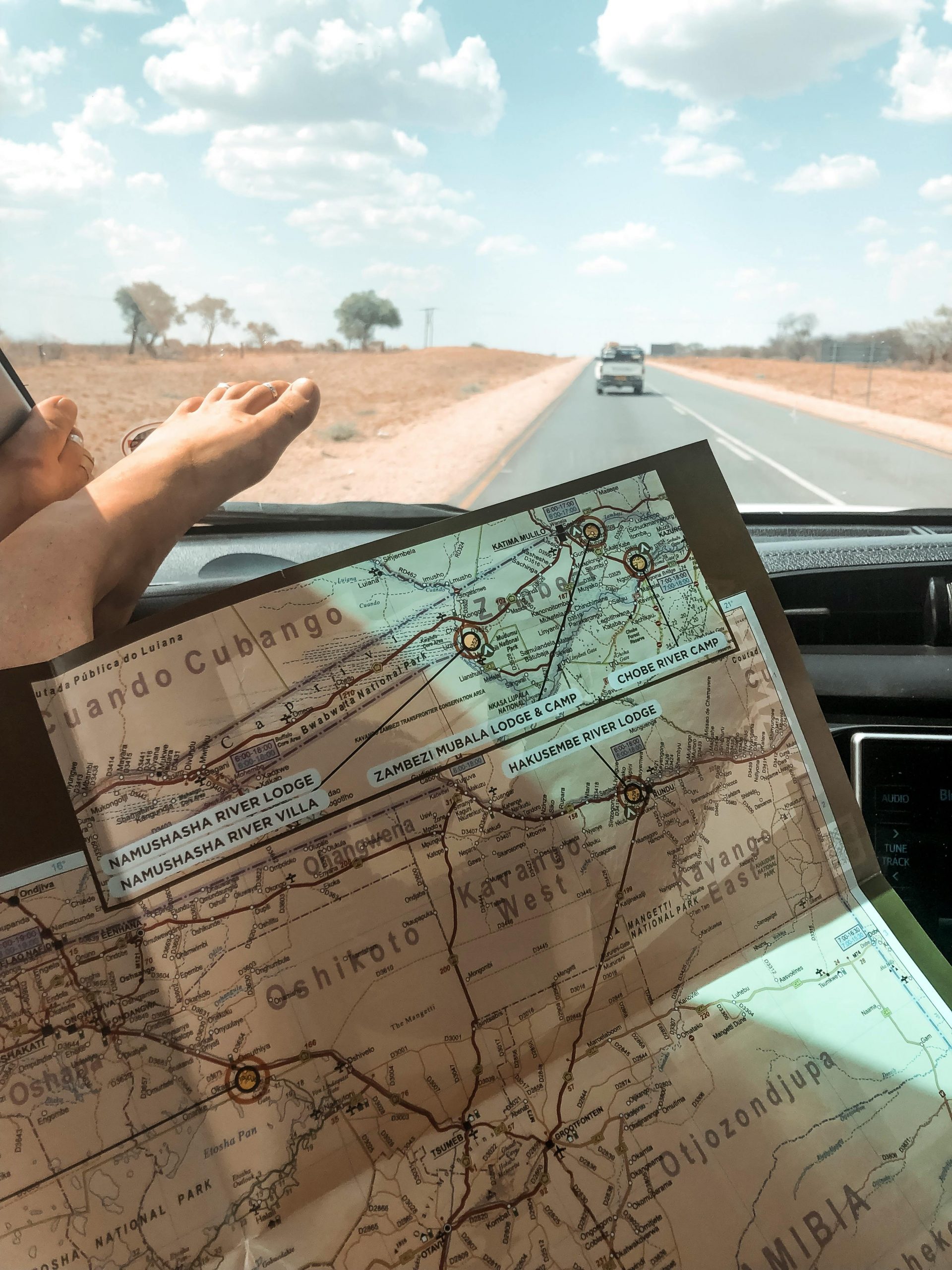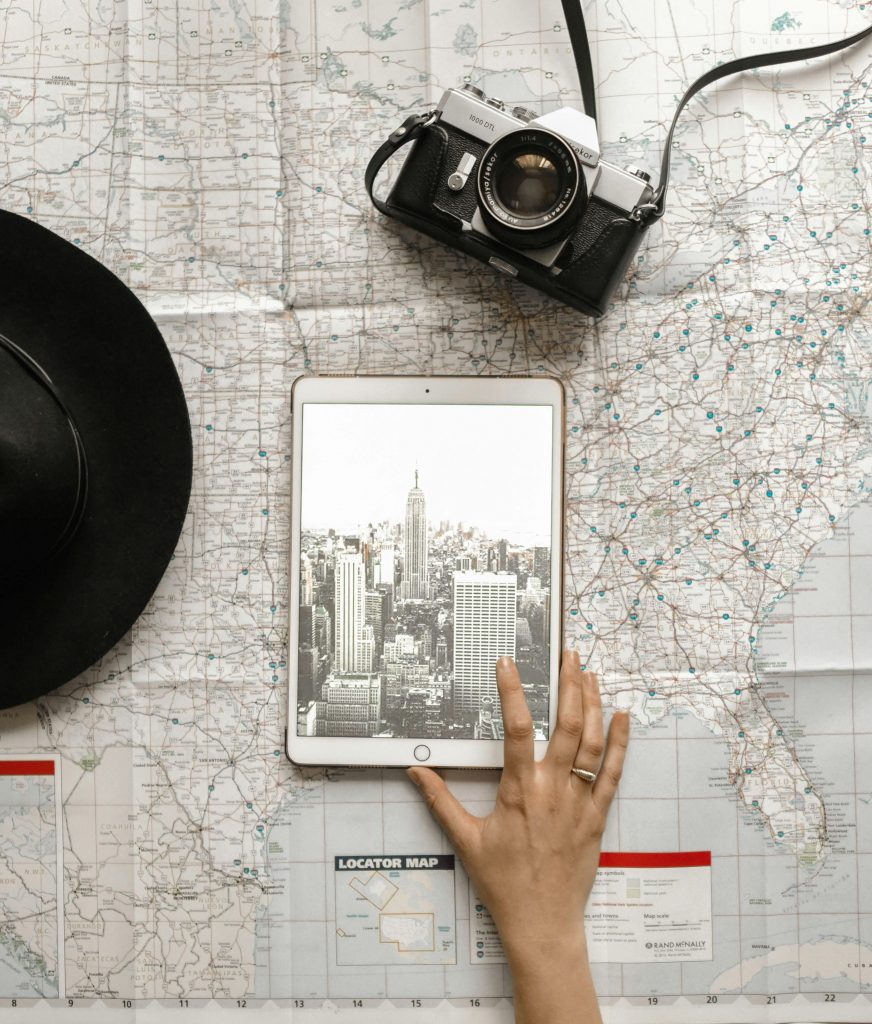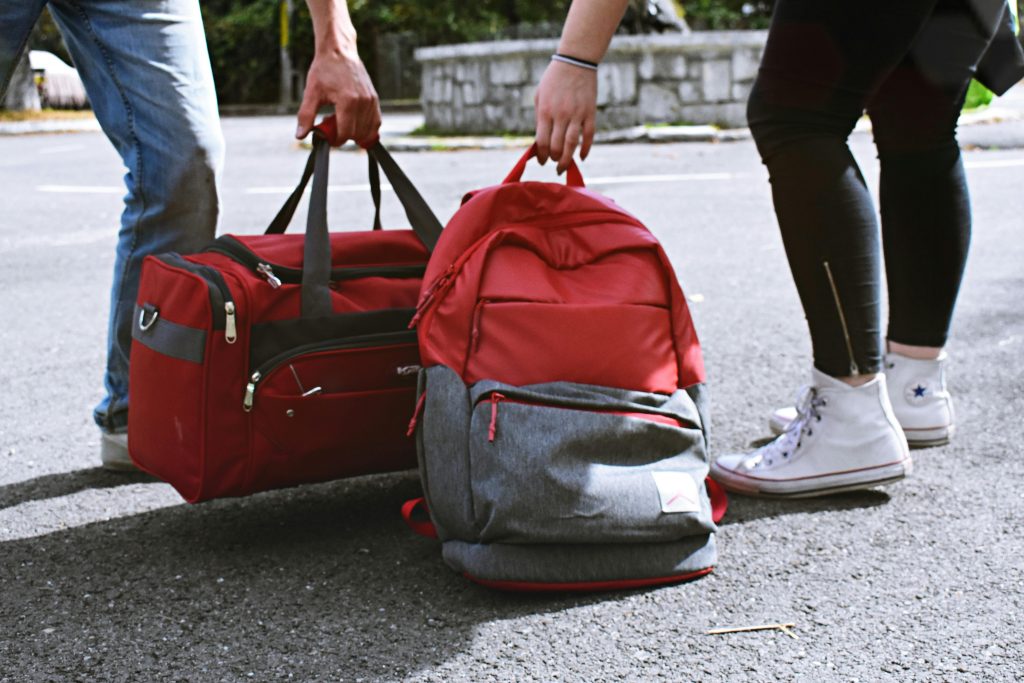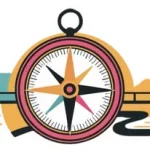
Road trips offer the ultimate sense of freedom—cruising along open highways, discovering hidden gems, and making unforgettable memories. However, striking the right balance between planning and spontaneity is key to ensuring a smooth journey. A rigid itinerary can feel restrictive, while a completely unplanned trip can lead to missed opportunities and unnecessary stress. This guide will help you craft a flexible road trip itinerary that combines structure with adaptability, ensuring an enjoyable and stress-free adventure.

1. Start with a Broad Framework
Instead of planning every single detail, outline a general route with key destinations and potential stops along the way. This gives your trip structure while allowing you to make spontaneous detours.
Tips:
- Identify major landmarks, attractions, or cities you want to visit.
- Set an estimated timeline for each leg of the journey without locking in exact arrival times.
- Research alternative routes in case of road closures or unexpected delays.
2. Prioritize Must-See Destinations
While flexibility is important, pinpointing a few non-negotiable stops will help shape your itinerary. These can include national parks, historical sites, or special events happening along your route.
Tips:
- Create a “must-see” list and a “nice-to-see” list to help with prioritization.
- Research opening hours, ticket availability, and any seasonal considerations.
- Consider booking accommodations in advance near high-demand areas.

3. Use Technology to Stay Agile
Modern travel apps and GPS tools make it easier than ever to adjust your plans on the go. Utilize these tools to track real-time traffic conditions, find local attractions, and locate accommodations.
Recommended Apps:
- Google Maps/Waze: Real-time navigation and traffic updates.
- Roadtrippers: Helps discover interesting stops along your route.
- GasBuddy: Finds the cheapest gas stations nearby.
- iOverlander: Ideal for campers looking for off-grid sites.
- HotelTonight/Airbnb: Last-minute accommodation bookings.
To learn more about useful travel apps, click here.
4. Plan for Rest and Spontaneity
A great road trip isn’t just about the destinations—it’s also about the journey. Overloading your itinerary can lead to burnout, so ensure you have ample time to relax and explore unplanned discoveries.
Tips:
- Avoid scheduling more than 4-5 hours of driving per day if possible.
- Incorporate downtime for meals, sightseeing, and stretching your legs.
- Be open to recommendations from locals—they often know the best hidden spots!
For more information on how to plan rest spots, press here.

5. Pack Smart for Versatility
A well-packed car can make a huge difference in how flexible and comfortable your road trip is. Consider the climate, duration, and type of trip when preparing your gear.
Packing Essentials:
- Navigation & Safety: Maps, phone chargers, first-aid kit, roadside emergency gear.
- Comfort & Entertainment: Travel pillows, blankets, audiobooks, podcasts.
- Food & Drinks: Reusable water bottles, snacks, a small cooler for perishables.
- Outdoor & Camping Gear: If applicable, bring tents, portable stoves, and hiking boots.
For a more in-depth look at your packing list, click here.
6. Budget with Flexibility in Mind
Unexpected expenses can arise on the road, from car repairs to last-minute hotel bookings. Having a flexible budget will allow you to handle these surprises without stress.
Budgeting Tips:
- Set aside an emergency fund for unexpected costs.
- Use travel credit cards that offer rewards or cash-back perks.
- Monitor spending with budgeting apps like Mint or Trail Wallet.
To learn more about expenses on road trips, press here.

7. Embrace the Unexpected
One of the greatest joys of a road trip is the unexpected discoveries—quaint towns, breathtaking viewpoints, or impromptu festivals. Leaving room for spontaneity will enhance your experience and create memorable moments.
Final Tips:
- Trust your instincts—if a place feels interesting, stop and explore.
- Take plenty of photos and keep a travel journal to document your adventure.
- Stay flexible—some of the best moments come from unplanned detours!
Conclusion
Creating a flexible road trip itinerary allows you to enjoy the best of both worlds—structure and spontaneity. By outlining a general route, prioritizing key destinations, utilizing technology, and keeping an open mind, you’ll set yourself up for a stress-free and unforgettable journey. So, fuel up, hit the road, and embrace the adventure that awaits!


Leave a Reply